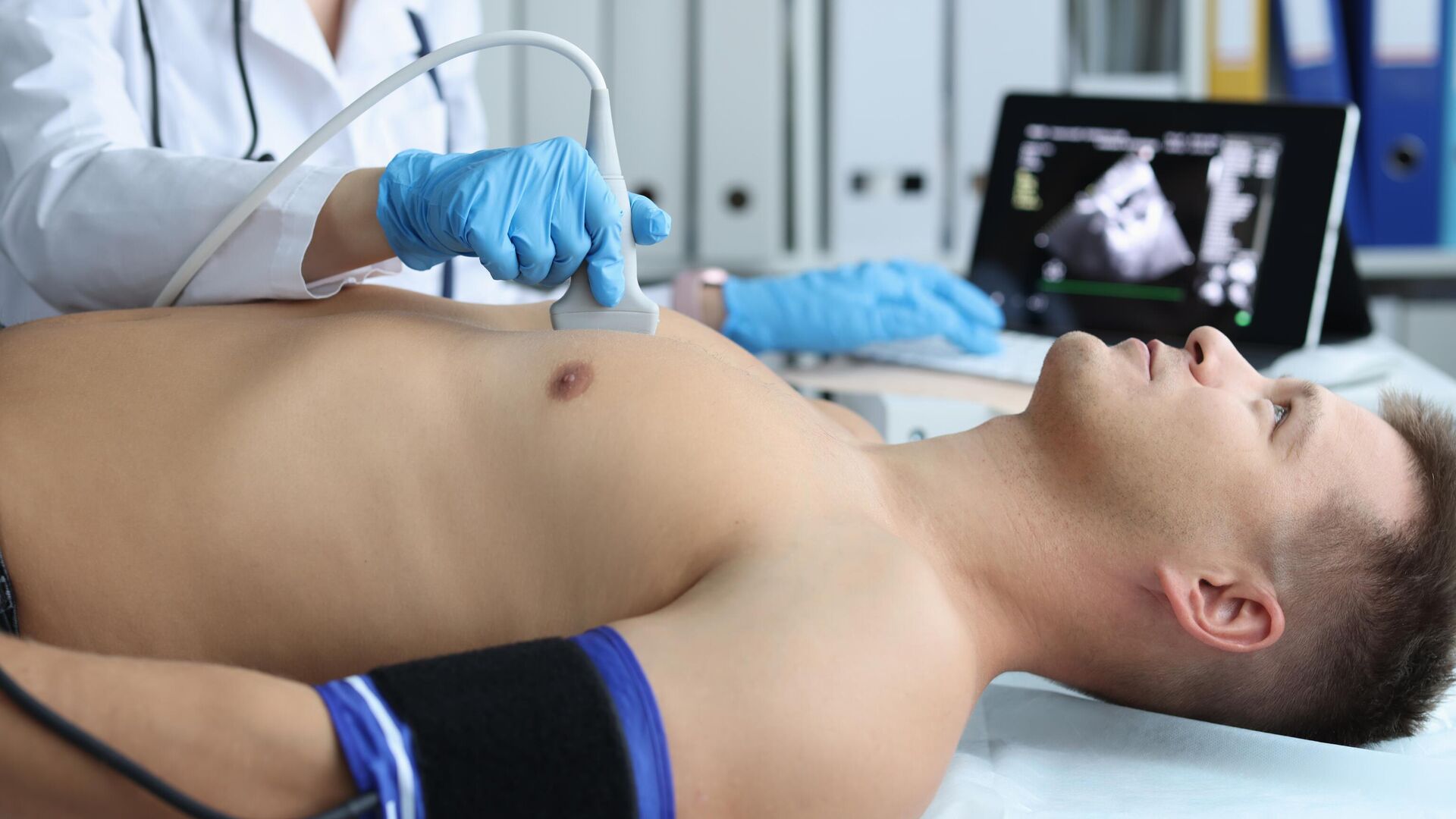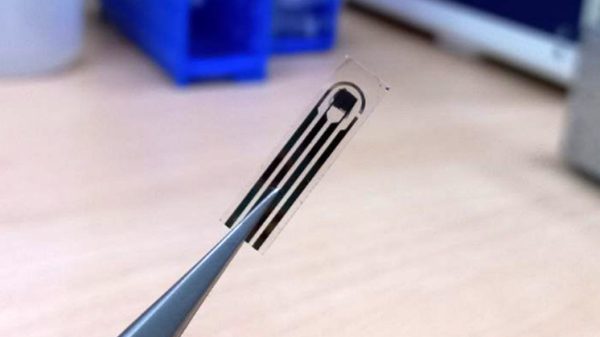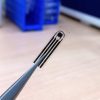
MOSCOW, March 19 Scientists from Omsk State Medical University (OMSMU) have identified the cause of dangerous heart rhythm disturbances in young people. According to them, arrhythmias arise as a result of disturbances in the structure of the myocardium caused by connective tissue dysplasia. The university believes that understanding the development of arrhythmias allows for their early diagnosis. The results are presented in a number of scientific publications, including the Russian Journal of Cardiology.
Connective tissue dysplasia (CTD) is a disease that occurs due to genetically determined metabolic disorders during the development of the body's connective tissue. Symptoms of this condition begin to appear at the age of 4 years and progress maximally in adolescence, and in some patients up to 45 years, said scientists from Omsk State Medical University.
“Young people with CTD are unable to withstand the usual physical and emotional stress for a healthy person. They often turn to doctors with complaints from the cardiovascular and bronchopulmonary systems, as well as the gastrointestinal tract,” said the professor of the Department of Internal Medicine and Family Medicine Omsk State Medical University Galina Nechaeva.
According to her, specialists often have difficulty determining the state of their health, especially in situations of conscription into the army, admission to physical activity, and when determining the possibility of carrying a pregnancy.
Single signs of DST may not affect your health in any way. However, the involvement of several organs and systems in the dysplastic process becomes a serious problem. In this case, undifferentiated connective tissue dysplasia (UCTD) is diagnosed, the professor said.
University scientists have determined the frequency of UCTD, which affects every fifth person. In their opinion, the high prevalence of the disease among the Russian population leads to an underestimated decrease in the health potential of the country's young working population. For example, the pathology of the cardiovascular system that develops due to UCTD can lead to sudden cardiac death.
«We are talking not only about temporary or permanent disability, premature mortality and increased costs of medical care, but also about the problem of human resources as a component of the state’s defense capability,” explained Nechaeva.
< /span>
Omsk State Medical University scientists analyzed data from multi-day electrocardiogram monitoring and determined the structure of the arrhythmic syndrome in young patients with UCTD. Echocardiography revealed a local decrease in myocardial contractility in these patients as a manifestation of morphological changes that are the basis of heart rhythm disturbances.
“The data we obtained indicate the presence of defects in the connective tissue structure of the myocardium, which leads to impaired electrical conductivity of tissues and the development of arrhythmias,” noted Nechaeva.
The researchers proposed treatment and rehabilitation options for patients with UCTD depending on the leading clinical syndrome, as well as methods predicting the course of the disease, taking into account the possibility of death.
According to Omsk State Medical University scientists, it is necessary to monitor the condition of the left ventricular myocardium in patients with UCTD using an advanced non-invasive diagnostic method — speckle tracking echocardiography. This will help identify areas of electrical heterogeneity of the myocardium, prescribe therapy and prevent or mitigate their consequences, saving the lives of young patients.
The study was supported by the Russian Science Foundation.























































Свежие комментарии